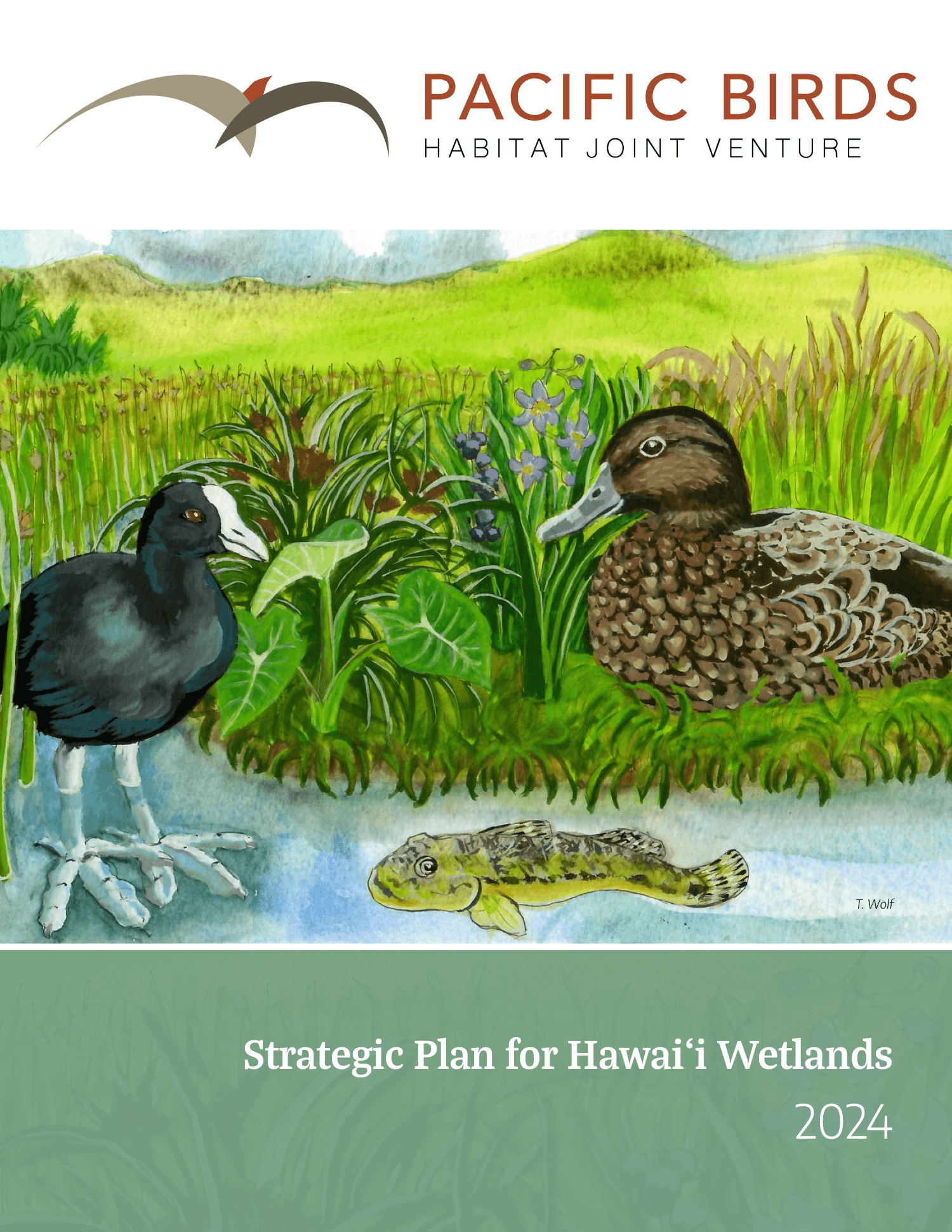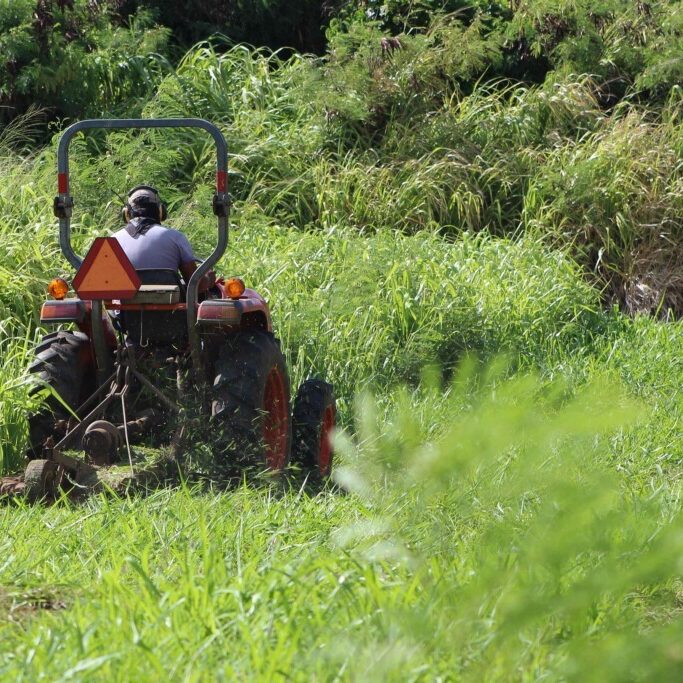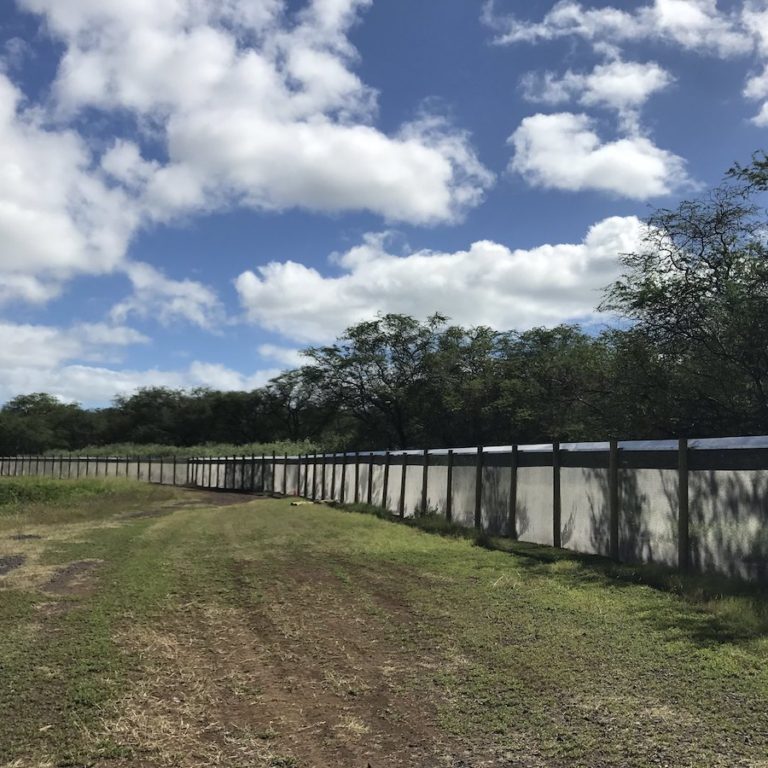Join us for the Hawaiʻi Predator Control and Wetland Workshop in Kahului, Maui!
Location: Maui Arts and Cultural Center
Date: Tuesday April 16th – Thursday April 18th, 2024
This workshop will be a deep dive into wetlands, waterbirds and predator control in the Hawaiian Islands, including facilitated sessions to develop action plans that tackle our biggest conservation challenges, and fieldtrips to take the conversation into the real world.
Contact helen_raine@pacificbirds.org for more information
The goal of the plan is to guide the effective protection, restoration, and management of wetlands for the benefit of Threatened and Endangered (T&E) waterbirds, migratory shorebirds and waterfowl, human communities, ecosystems, and climate resilience in Hawai‘i.
The plan prioritizes wetland sites and conservation actions to improve habitats for waterbirds and people in Hawaiʻi. It includes an appendix with detailed site narratives on wetlands sites across the State. It will guide Pacific Birds’ work and help our partners to prioritize actions at both a State and a local level.
The Birds & Habitats Wetlands and birds are at the heart of Pacific Birds’ partnership building in Hawaiʻi. Our goal is to connect partners, sites, resources and funding to deliver excellent wetlands conservation across the Hawaiian Islands.
Conserving wetlands means we are supporting some of the rarest (and coolest!) birds in the world. We work with partners to secure and improve habitats for five endemic wetland species and up to 60 migratory waterfowl and shorebirds. Our work in Hawaiʻi is guided by a conservation priority committee.
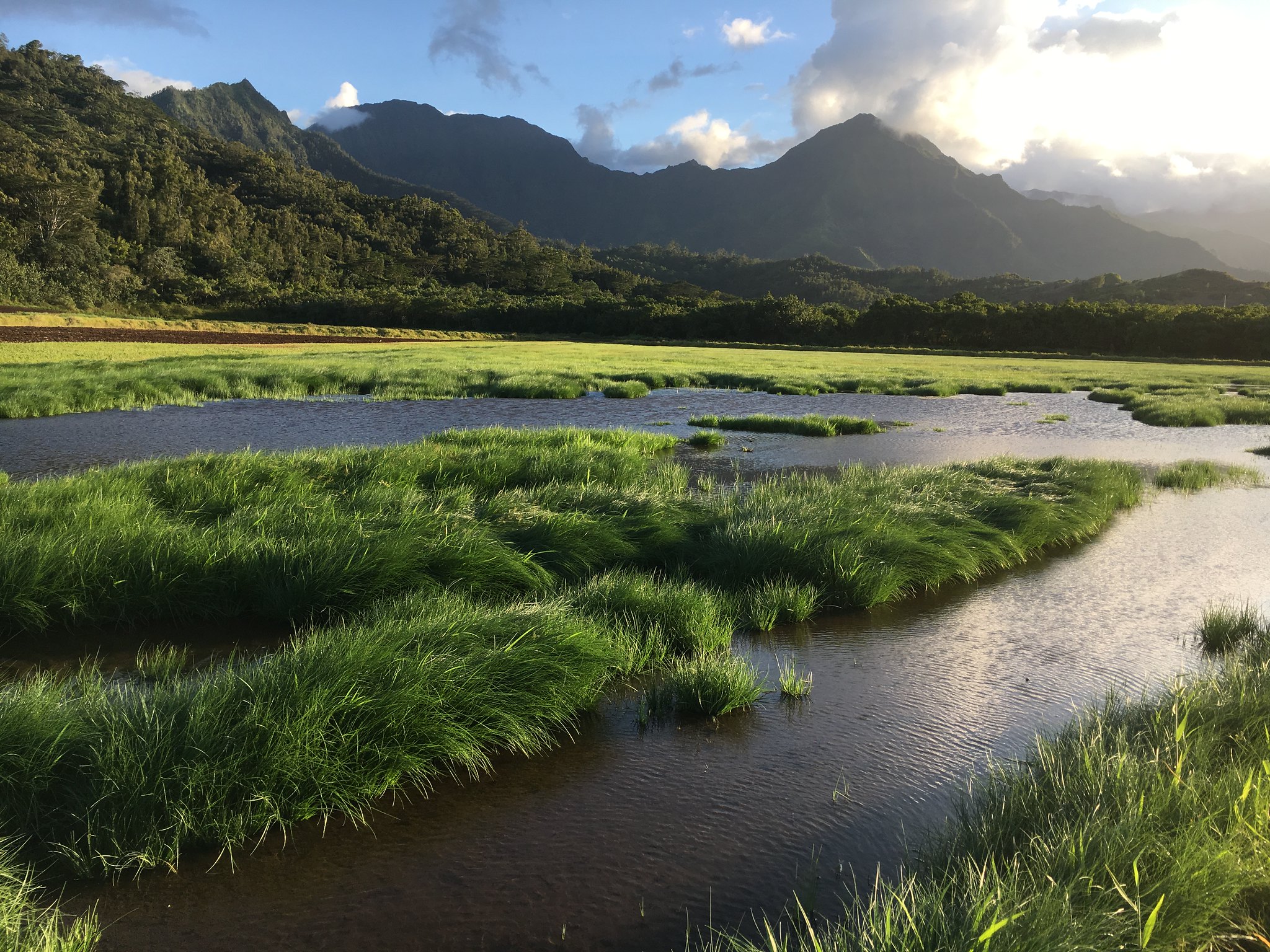
J. Waipa / U.S. Fish and Wildlife Service
The Threats The threats to wetland birds are significant and constant. Species are struggling with introduced predators; habitat loss; hydrologic changes; loss of wetlands connectivity; pollution; invasive species; and diseases such as botulism.
Climate change will exacerbate the issues for migratory and resident birds alike. Their habitats will be affected by coastal erosion and saltwater intrusion from sea level rise. Changing rainfall and temperature patterns may change flooding regimes and the prevalence of invasive species.
Wetlands, Birds and People Wetlands benefit people and wildlife in multiple ways. They support ecosystem services that can help us respond to climate challenges and provide water storage during flood events–which will help protect property and infrastructure. Wetlands also reduce the impact of storm surges on the coast, protecting the land, people and wildlife.
These habitats are also culturally significant. Hawaiian farmers have enhanced wetlands to provide kalo (taro), fish, and materials for mats and other items. These traditional community practices can also be beneficial for birds and other wildlife.
We are passionate about wetlands. If your organization is too, get in touch and find out how we can work together.
Hawaiʻi's Threatened and Endangered Waterbirds
The five native wetland birds shown below are found only in the Hawaiian Islands. Our work in Hawaiʻi aims to raise awareness about the value of these species and the importance of protecting places they need.
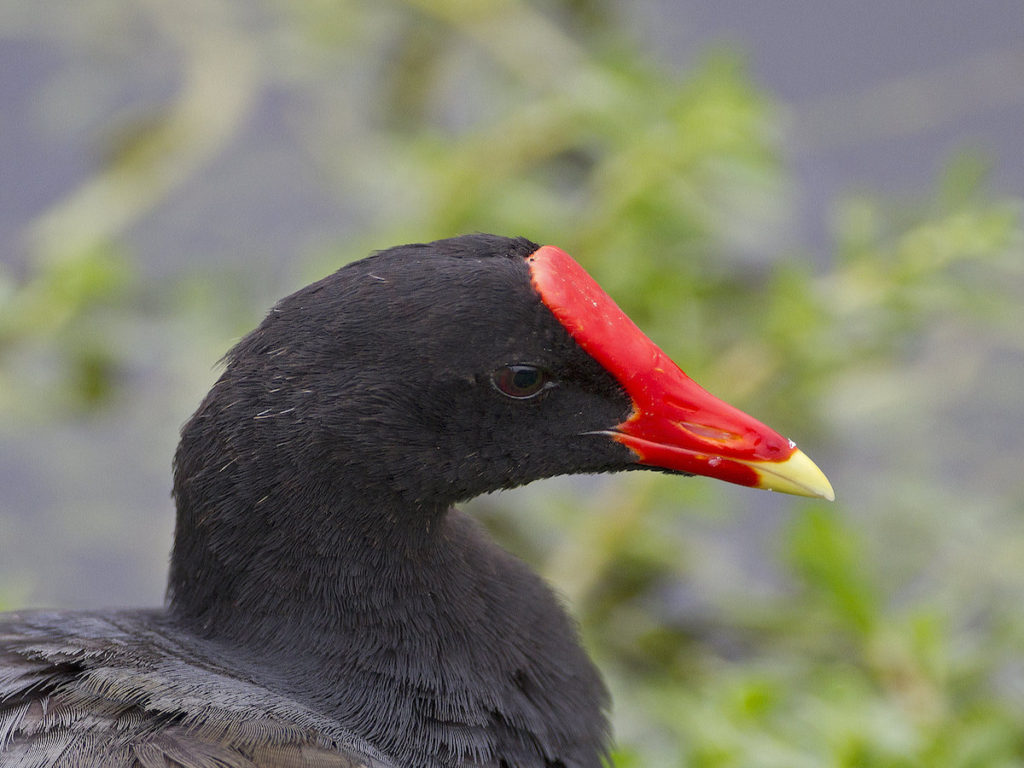
Population: About 1,000
Dan Clark, U.S. Fish and Wildlife Service
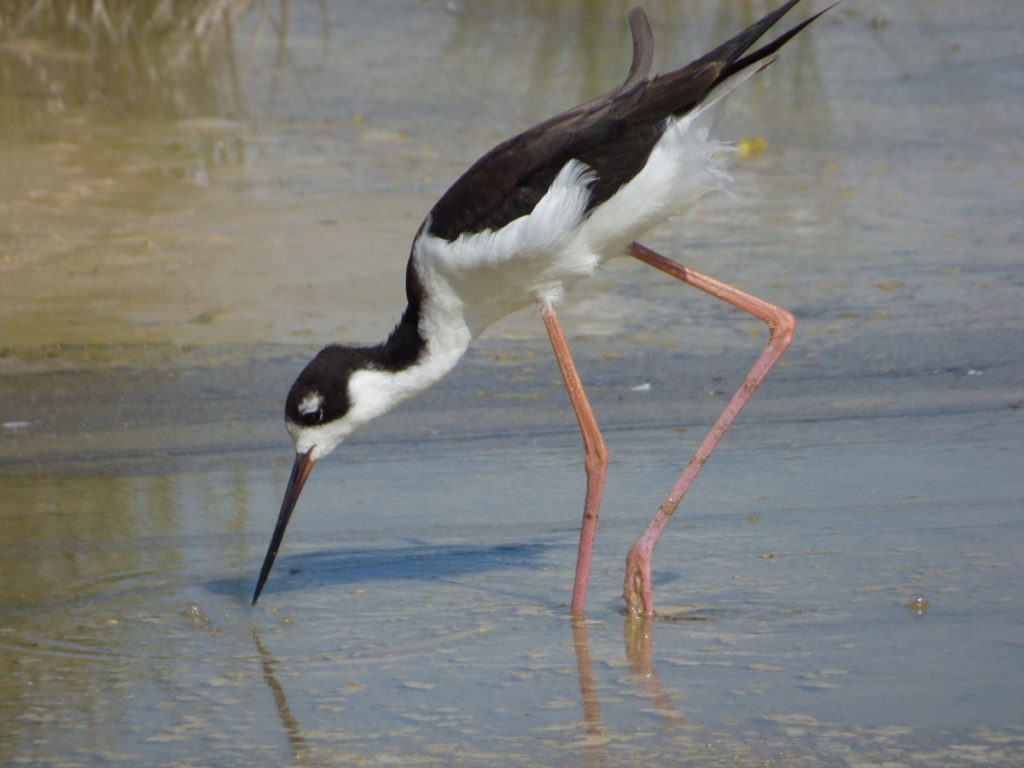
Population: About 2,000
Forest and Kim Starr © Creative Commons
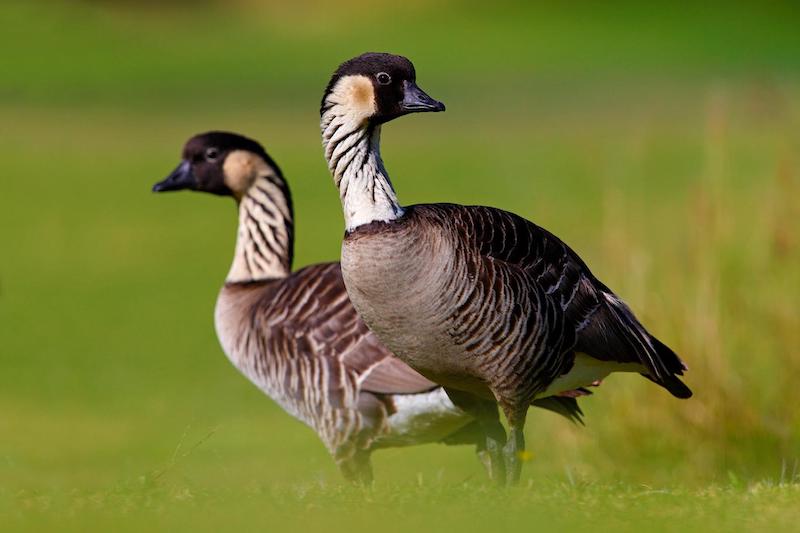
Population: About 3,000
Gary Kramer © Creative Commons
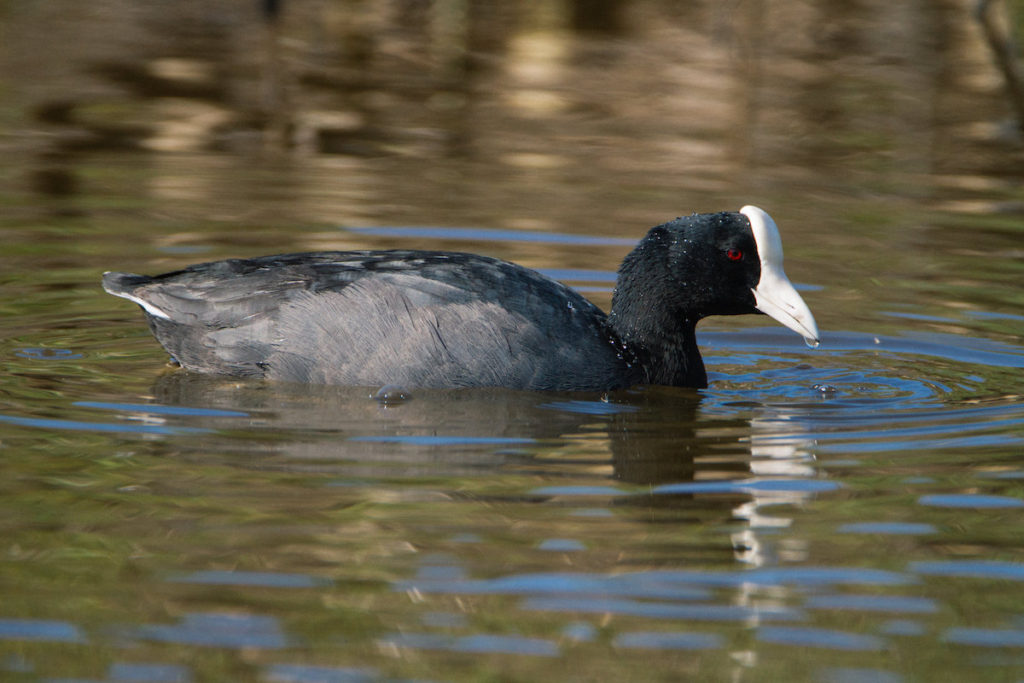
Population: About 2,000
Emilie Chen © Creative Commons
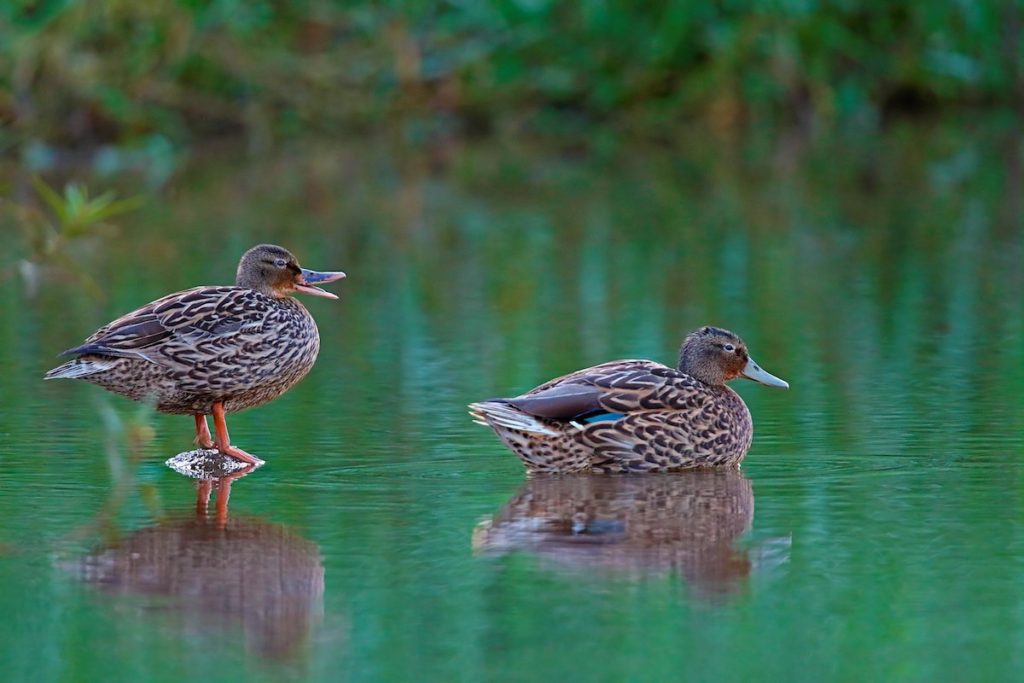
Population: About 1,000
Gary Kramer, U.S. Fish and Wildlife Service
Pacific Birds Works To:

Improve Communications
We are bringing partners together to network and share expertise, and we are actively involved in outreach.

Promote Action
We are supporting partners to meet their wetland conservation objectives, including creating, restoring and protecting wetlands habitat.

Secure Reources
We assist partners with funding, and we help secure the resources they need for efffective conservation.

To learn more, contact Helen Raine, our Conservation Coordinator in Hawaii.
Stories from Hawaiʻi
Conservation Rising in Kaua‘i
Kaua’i’s conservation groups are getting a much-needed boost after the County of Kauai provided grant funding from the Coronavirus Aid, Relief, and Economic Security (CARES) Act.
Join the Predator Webinar
Join us! On July 21 Pacific Birds will host a webinar to share how some of our partners are handling predator challenges. Four presenters will speak to different predator issues affecting wetlands in Hawaiʻi and the birds that inhabit them.
Soarin’ with Bird Conservation
Take a virtual, educational, Pacific-Atlantic tour on May 15th with Pacific Birds and partners in Hawai’i and Florida. Join the Zoom program on May 15th!
